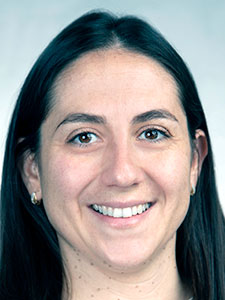Clinical question: Is there a difference in the effectiveness of sickle cell vaso-occlusive episode treatment with lactated Ringer’s (LR) solution versus normal saline (NS)?
Background: Initial treatment of a sickle cell vaso-occlusive episode includes fluid resuscitation. While the choice of fluids is clinician-dependent, the majority of clinicians choose NS. However, some studies suggest that NS may actually promote erythrocyte sickling.
Study design: Multi-center retrospective cohort study
Setting: Hospitals from all four U.S. Census regions
Synopsis: Using the Premier PINC AI database, a total of 55,574 encounters of adults with primary ICD-10 codes for sickle cell disease and vaso-occlusive events who received either NS or LR on day one were identified. Analysis of these encounters revealed that the use of LR for fluid resuscitation had a small but significant improvement in primary outcomes (more hospital-free days) and secondary outcomes (shorter hospital stay, lower 30-day readmission rate, more IV-opioid-free days) when compared to the use of NS for fluid resuscitation.
Limitations included that, given the reliance on ICD-10 codes for population selection, this study could be subject to misclassification. Also, the volume status of included patients on presentation was unknown. This study provides guidance on the type of fluid to use in initial resuscitation, not the amount of fluid resuscitation necessary for adequate resuscitation.
Bottom line: Vaso-occlusive episodes in the setting of sickle cell disease treated with LR for initial fluid resuscitation have improved outcomes compared to those treated with NS.
Citation: Alwang AK, et al. Lactated Ringer vs normal saline solution during sickle cell vaso-occlusive episodes. JAMA Intern Med. 2024;184(11):1365-1372. doi:10.1001/jamainternmed.2024.4428.
 Dr. Djekic is a hospitalist and a clinical assistant professor in the division of hospital medicine at UC San Diego Health at the University of California in San Diego.
Dr. Djekic is a hospitalist and a clinical assistant professor in the division of hospital medicine at UC San Diego Health at the University of California in San Diego.